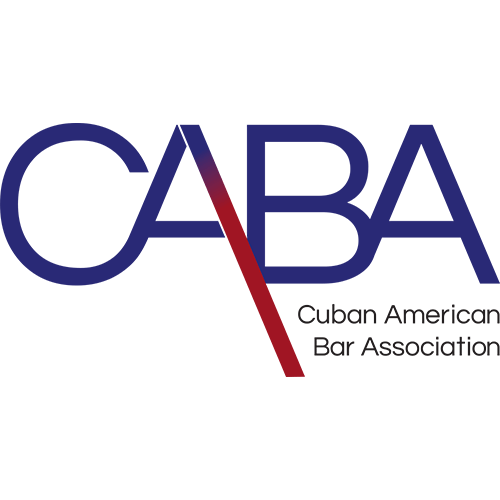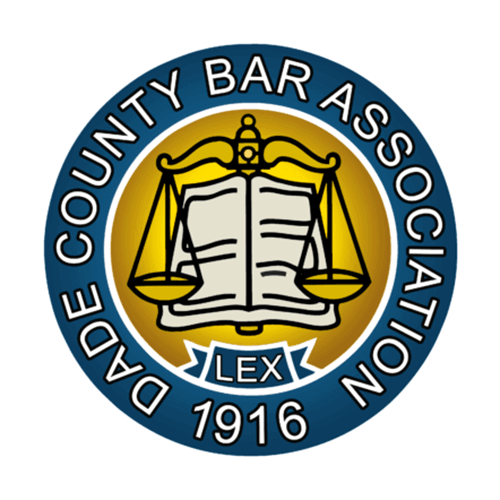Determining Car Accident Fault by Location of Damage
PROTECTING YOUR RIGHTS SINCE 1983
Miami car accident attorneys at Bernstein & Maryanoff Injury Attorneys have the knowledge and experience necessary to get you maximum compensation for your car accident injuries.
reviewed for Accuracy
The content on this page has been produced and reviewed in accordance with our editorial guidelines. This content has been reviewed and approved by founding Personal Injury Attorney Jack G. Bernstein who has over 40 years of legal practice experience.
Experiencing a car accident can be a stressful and scary time for all parties involved. Car accident damage can range from being lightly rear-ended while at a red light to both vehicles being damaged beyond repair as a result of a head-on collision. The location of this damage can be helpful to determine who is at fault for the collision.
Determining Car Accident Fault by Location of Damage
While it may not seem obvious to some, the location of damage to the vehicle can be an extremely telling factor regarding who is at fault and the extent of liability to which each party should be held.
For example, in a head-on collision, determining which party was driving on the incorrect side of the road is essential in determining which party was likely the cause of the accident. However, other cases may not be as clear because there are many incidents in which damage can point to either party being at fault.
Why Does Fault Matter in a Car Accident Case in Florida?
Even though Florida is a no-fault state, fault still matters in a car accident when there are injuries and extensive property damage. According to FLHSMV, every driver must have a minimum of $10,000 in PIP (personal injury protection) insurance and $10,000 in PDL (property damage liability) insurance.
While both coverages cover up to $10,000 in damages, they might not always be sufficient to cover your actual losses. This is where fault comes into play. When the other driver was at fault or mostly at fault for the accident, you can file a lawsuit against them for the difference not covered by your PIP and PDL coverage.
When Does Car Accident Damage Determine Fault?
If a car accident only causes minor damage that requires inexpensive repairs, it is likely more beneficial for the party to cover the cost on their own rather than making a claim against their insurance policy. Inexpensive, minor claims will likely result in a higher premium payment for the insurance carrier. It can be more beneficial to pay for the repairs out of pocket without going through the insurance claims process.
Car accident damages that determine fault typically result in severe property damage or bodily injury; this will require insurance companies to become involved. These accidents may include those where the vehicles were totaled, property within the vehicles was destroyed, or the parties involved suffered severe bodily injuries. Since there are many variables to consider when determining fault, you must provide your insurance carrier and Miami car accident attorneys with any information regarding the damages caused by the accident.
Is Damage Location Enough To Prove Fault?
Damage location is not always enough to prove fault in certain situations. Sometimes, what may seem likely to have occurred and who was at fault might appear straightforward. However, while the damage might indicate one thing, those involved in the accident and witnesses may have other information that could potentially shift fault from one driver to another.
For example, suppose a person runs a red light, makes a left-hand turn, and is T-boned by another car with the right of way. Initially, it might seem like the driver who has the right of way is at fault simply based on the damage location. However, since the other driver ran a red light, they would actually be the one at fault.
Other Evidence That Helps Determine Fault
In order to determine fault, you need other evidence from the accident scene, such as:
- Skid marks: The presence of skid marks can indicate another driver had to stop suddenly
- The extent of damage: The amount of damage a vehicle sustains can be used to determine the speed at which the other vehicle was going at the time of impact
- Photographs and videos: Many intersections and other locations now have traffic cameras, and their videos can show precisely what occurred during the accident. It is also beneficial to take pictures of the accident scene
- Witnesses: Witness statements can be vital in determining fault
- Accident reconstruction: Sometimes, an expert in accident reconstruction is needed who can recreate the accident digitally to show what happened and who was at fault
- Weather conditions: The weather conditions at the time of the accident are another type of evidence that helps determine the fault
Using Damage Location To Prove Your Car Accident Case
Car accident damage is essential in proving a car accident case, so it is necessary to take the proper steps following the accident to ensure you will be successful in your case. After determining whether you or your passengers have suffered an injury, one of the first steps that should be taken immediately following an accident is to call 911.
While waiting for help to arrive, the parties involved in the accident must exchange information such as contact names and numbers, insurance policies, and driver’s licenses. It is encouraged that the parties also document the incident by taking photos, as any pictures taken at the scene will significantly help the insurance companies and attorneys involved.
Every piece of information benefits the insurance companies and the parties’ attorneys in determining the damages awarded and who is at fault. Photographs, police reports, and medical records will all be heavily relied upon in determining fault.
Even the extent of damage the vehicles sustained can be helpful, especially when attempting to determine each vehicle’s speed. When another vehicle is speeding, it can be used as evidence to determine fault.
Each bit of information allows the parties to use car accident damage to prove their car accident case. Such evidence can allow those trying to reach a settlement to piece together what caused the incident, as it is easy for those involved to have difficulty recollecting details of the accident.
Evidence To Gather After a Car Accident
As previously mentioned, specific types of evidence are needed to establish fault after a car accident. However, your health and well-being should always be a top priority. So, if you are severely injured, take care of yourself first and foremost. Otherwise, if you are able to do so, you should gather the following evidence:
- Take photos and videos of the accident scene, including skid marks, weather conditions, and damages to every vehicle
- Record what happened on your smartphone in your own words while the accident remains fresh — you can also type the details into a notes app
- Take the time to obtain the contact details of any witnesses, as their testimony could prove valuable in establishing the fault
If You Have Been Injured in a Car Accident, Let Bernstein & Maryanoff Injury Attorneys Fight for You
If you need help determining car accident fault by location of damage and were injured by another driver, Bernstein & Maryanoff Injury Attorneys in Miami, Florida, can help. Our experienced car accident attorneys offer a free case evaluation and consultation to determine your next steps and legal rights. Even if you have already received a settlement offer from your insurance or the other party, take the time to get a second opinion from our lawyers to ensure you are getting a fair offer.
FAQ
What Happens If Accident Damage Exceeds Your Car Insurance in Florida?
The negligent party is responsible for damages for your injuries and vehicle damages when they exceed your coverage limits in your Florida car insurance policy. However, the extent of damages you can seek is also limited by the coverage limits of the responsible party’s insurance policy. In certain cases, you may also seek damages directly from the individual when they have substantial assets but insufficient insurance coverage.
Who Pays for Damage in a Car Accident Case in Miami?
Initially, each driver is on the hook to cover the costs of injuries and damages after a car accident in Miami because Florida is a no-fault state. However, after they reach their insurance maximums, if their injuries and damages exceed this amount, they can sue the at-fault driver for any additional compensation.
What Damages Can I Pursue in a Car Accident Case in Florida?
You can file for economic and non-economic damages in Miami and elsewhere in Florida. Economic damages include anything with a monetary cost, such as lost wages, medical bills, and rehabilitation costs. Non-economic damages are non-monetary damages awarded for pain and suffering, physical impairments, disfigurement, and loss of consortium.
Sources:
Florida Insurance Requirements. (2024).
How Does a No-Fault Accident Work? (2023).
Motor Vehicle Accident Law. (2023).





